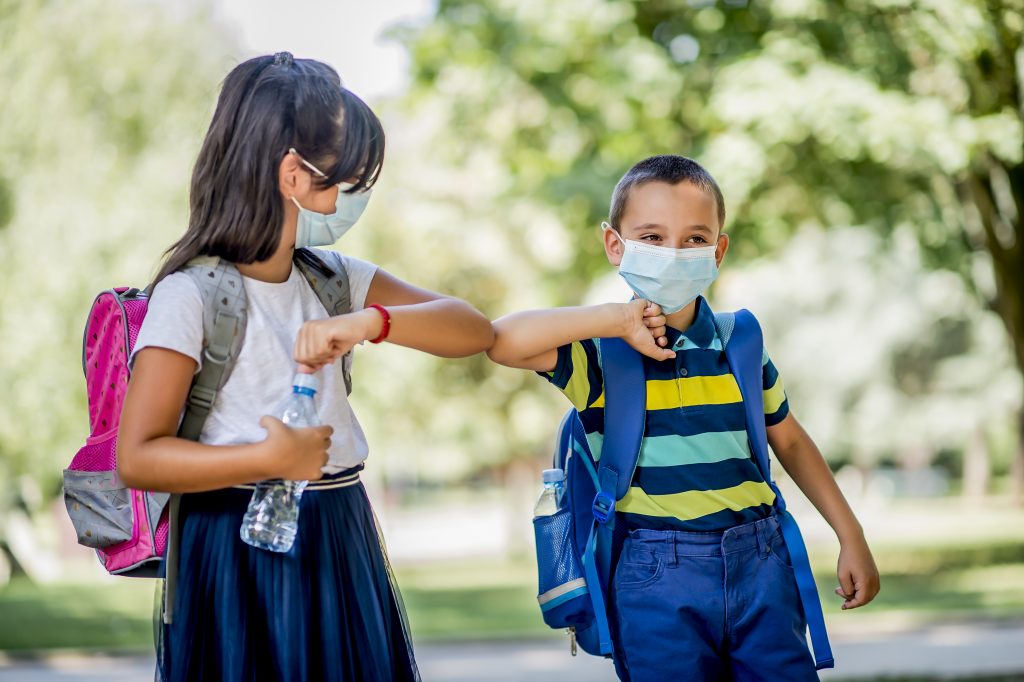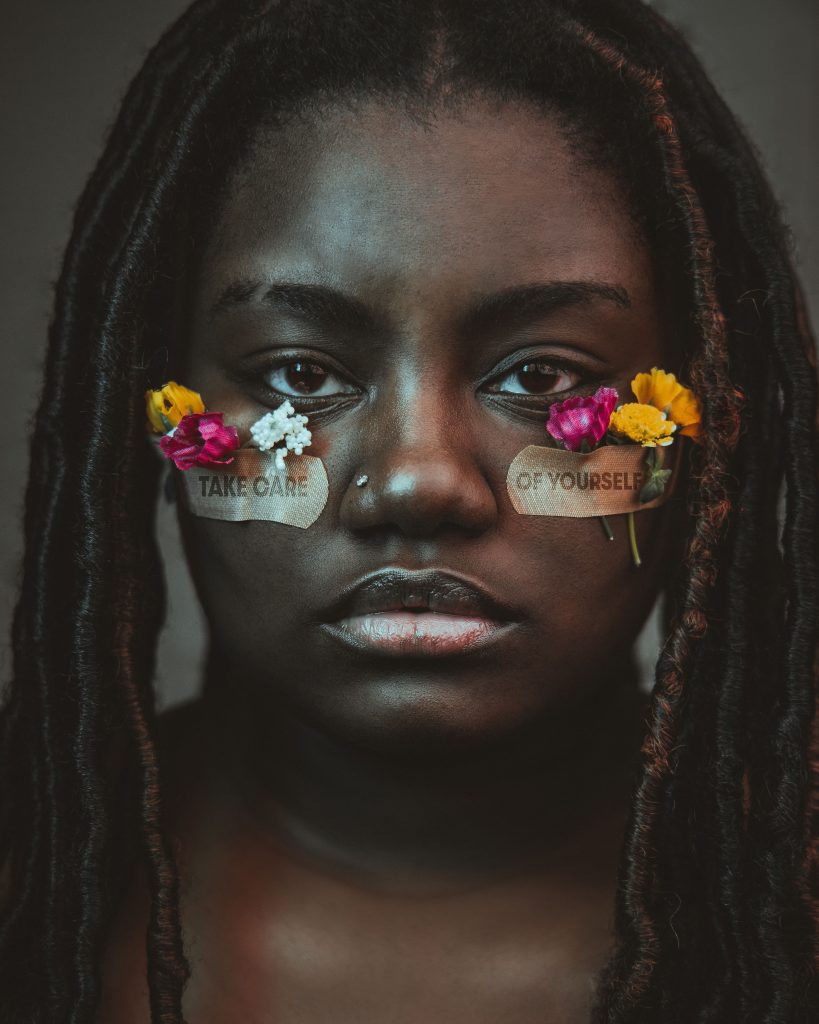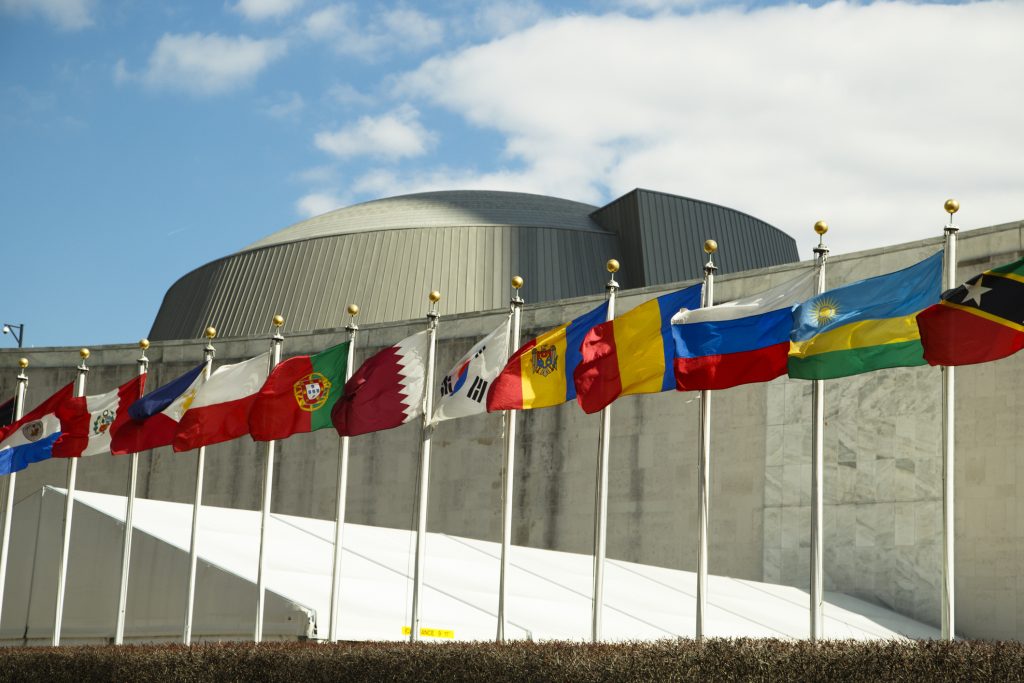

And I love myself
(The world is a ghetto with big guns and picket signs)
I love myself
(But it can do what it want whenever it want, I don’t mind)
I love myself
–Kendrick Lamar, “I”
How do educators of culturally and linguistically diverse students create space for them to boldly declare their love for themselves, with the confidence and authenticity of Kendrick Lamar, in a society and an educational context that fails to love them? In the book Young, Gifted, and Black: Promoting High Achievement among African-American Students, Theresa Perry makes legible the dilemmas that Black students face through the illustrative questions: “Can I invest in and engage my full personhood, with all of my cultural formations, in my class, my work, my school, if my teachers and the adults in the building are both attracted to and repulsed by these cultural formations—the way I use language, my relationship to my body, and my physicality, and so on?” Questions like these reveal the social, emotional, cognitive, and political adeptness that only Black and Brown children must have to perform at a high level in school and in society (Perry, 2003) and underscore the work that educators must to do to ensure students are able to rightfully and unapologetically show up to school and engage in their full personhood.
Although this is the perpetual crisis that Black and Brown people face, there is no mystery on how showing up can happen. Black educators have shown us what it looks like to live and teach within the context of White supremacy (Foster, 1997; King and Swartz, 2016; Lesesne, 2020; Walker, 1996) and maintain a positive racial identity. Therefore, it is critical for teachers to locate pedagogical practices within the context of the Black pedagogical tradition because these practices are loving, humanizing, and liberatory. Excellent Black teachers, who taught in segregated Black U.S. communities in the southern U.S., saw their students as extensions of their own families and knew their students’ destinies were intertwined with their own (Lesesne, forthcoming; Walker, 1996). These teachers held high expectations, promoted racial uplift, and fostered the critical and political consciousness of their students. Teaching was a part of their collective responsibility, and centering the beauty, brilliance, resistance, and joy of Blackness was unapologetically at the core of their teaching. During the COVID-19 pandemic and the pandemic of continuous state-sanctioned violence against and killings of Black and Brown people in our country, there has been a heightened awareness of the need for cultural responsiveness and anti-racist education.
This need is not new to those of us who experience the ills of White supremacy daily and understand that it is endemic in the educational system. In this resurgence of interest in culturally responsive, anti-racist, and liberatory language and literacy practices for all students, we must draw from the pedagogical tradition of Black educators.
To establish and maintain classrooms that are culturally responsive to the linguistic resources of students, the journey begins and ends with the teacher—teachers who understand that loving and humanizing pedagogies are not just about instruction but a way of believing and living. English classrooms can’t be reduced to language and literacy strategies only for the sake of language skill development, because there are broader implications for language development. In their article “The Weaponization of English,” Bryan and Gerald (2021) describe the weaponization of language and how it is “used as a tool to promote White supremacy and racism,” impacting one’s access, privilege, and freedoms. Therefore, students must be supported to fully tap into their linguistic strengths and abilities, knowing that Standard English is only one way to speak, not the way to speak. In this piece, this is illustrated by high school English teacher Shekema Dunlap. She exemplifies the pedagogical practices of Black teachers as she operationalizes critical love with her culturally and linguistically diverse students. Shekema explains how she shows up for her students on day one so that they can show up as and for themselves, filling the space with love of themselves.
Shekema’s development of a culturally inclusive environment is not a part of her first day back-to-school checklist; she eagerly anticipates welcoming and embracing all that her students will add to the learning environment. One of her favorite ways to begin each year is by asking her students a simple question: “Who you be?” What this question initially means to Shekema and her students—and what it ultimately reveals about them—always offers a wonderful opportunity to explore themselves in ways that inspire courage, empathy, reflexivity, and joy. By asking this question, “Who you be?”, she gives insight to who she is as a Black woman educator and her intentional use of African American Language. The following narrative is Shekema’s invocation to her students to invest in and engage in their full personhood.
Day One
Okay, so boom: we enter the Zoom room, and I immediately begin greeting my new babies. Mind you, these are eleventh graders, but they will always be my babies. After the opening salutations and a quick social–emotional learning check-in, we moved on to the word of the day and journal. I placed the classroom timer on the screen and informed my babies that they would have ten minutes to define the word and respond to the journal prompt—no right or wrong answers, just whatever came to their minds at the moment. Our word for Day One was inception. Not many of them knew the word’s definition, part of speech, or etymology, but most of my babies immediately connected with the 2010 film. Apparently, Leonardo DiCaprio has that effect. After ten minutes, volunteers were solicited to respond to the word of the day. Everything was flowing smoothly until I asked of them: “All right then. Now tell me, who you be?” I could tell by the silence alone that my question was met with confusion and suspicion. Some of my babies later reported wondering: “Who is this crazy lady, and why is she teaching me English?” Others questioned: “Isn’t that slang? What kind of English teacher would start the year off like that?!” My favorite response of all time came from a hovering parent during our first virtual session: “Nuh-unh. Nope. We’re not doing that. She’s supposed to be teaching you English. You need to be learning English!” Because this parent’s disgust was captured on camera, my students and I all had a good chuckle and kept it moving. Teaching in the time of COVID is the gift that keeps on giving.
You First
After the initial shock wore off, I volunteered to go first. An integral part of my approach is to never ask my babies to be vulnerable in ways that I have neither modeled nor embodied, so I began by providing a cursory introduction to African American language and the power implied within the verb be. Using be in that manner was, ostensibly, grammatically incorrect; however, once I explained to my 70% Black and Chicano demographic that I translate standardized English at all times just like they do, the church bells began to ring out. I explained that I do not privilege any language over another (including my own) because my goal is to know them as they are: not merely based on their public personas. I vowed to honor each of them as sacred and sovereign and to always listen more than I speak… to learn from and with them in equal proportion to what I hope to teach them. I could hear sighs of relief and could see heads nodding in affirmation. One student remarked, “Oh, she a real one,” to which I replied: “You’n know na’an.” “PERIODT,” was placed inside the chat and followed up by a round of unmuted giggles and Zoom hand claps. Day One was the inception of our classroom community. It was a beautiful thing, and I loved to see it. After discussing the language of the prompt, we pressed forward into an examination of the question itself. I explained to my babies that, by asking who they be, my goal was to truly acknowledge their whole essence. I informed them that I wanted to know who they are when no one is gazing at them, judging them, and imposing prescribed social parameters upon them. I also challenged them to think of themselves outside of White supremacy and even outside of the U.S. if helpful. My final instructions were to center their own longings and desires in order to articulate who they would be if nothing were impossible. I knew that it would take some time for them to truly open up, so I assured them that no one else would ever see their responses. After giving them an additional ten minutes to write, I received the following sample responses. Note that I have only included responses from participants who gave their written consent. My babies’ names have been changed to protect their privacy.
“I am Doneshia. I am a to-myself type of person. I am [a] very pretty, confident, playful, and positive young lady. I like to keep myself looking like a young lady. I love to dress myself up” (Doneshia James, eleventh grade).
“I be myself” (Alejandro Martinez, eleventh grade).
“I am Issac Ramirez. I’m a junior for this year and will be graduating in 2022. I’m Hispanic and [from] a family of four. I love video games and just enjoying myself. I’m going to be looking forward to see how it going to be learning through virtual reality pandemic” (Issac Ramirez, eleventh grade).
“My name is Chez Ngolo and I am 16 years old. This is my second year at Manor and I’m excited for this school year. I play varsity football for Manor and also run varsity track. I’m a very exciting and cool person to get along with” (Chez Ngolo, eleventh grade).
“I am a Mexican American person and was born in Austin, Texas. I spoke in Spanish first before learning English” (Fernando Benaya, eleventh grade).
“When I’m with my family, I’m an outgoing person. I’m mostly quiet in public. I’m a family person. You can say I’m the peacemaker between my siblings. I love the chance to travel” (Racquel Colon, eleventh grade).
“I am Kassie Moore and I’m short with long hair. My favorite color is pink and I love to cheer, play basketball, and softball. I can have an attitude if you make me mad but I am really fun to be around. I am a quiet person [but] when you get to know me I am a funny and fun person” (Kassie Moore, twelfth grade).
“I be that person who always does what is asked. I always try to have a good reputation with everyone I interact with. I am the type of person who likes to be self-centered. I don’t like to get into trouble.
“My biggest difficulty is talking and starting conversations. I get nervous and shy a lot. Many times for the smallest and unknown reason. I tend to get really red from my face when someone picks on me” (Dominique Esquivel, twelfth grade).
“I am Lilia. I’m Filipino and Hispanic, a lot of people think I’m just Hispanic cause you can’t really see the Filipino in me. I’m not bilingual though I never learned another language when I was younger. I love doing makeup most people don’t know that either because I don’t wear it to school. I love to paint as well it’s very therapeutic to me” (Lilia Lopez, twelfth grade).
It is important to note here that these babies represent a variety of learning experiences. Some of them are English language learners (ELLs); some are Black American students who deserve the same language protections as ELLs; some receive special education services (SpEd); some are ELLs who are eligible for SpEd services. What I appreciate most about their responses is that they represent only a portion of what my students and I learned about each other on that day. Through one opening word of the day and journal prompt, we established the tone for our entire year. We established the love they have for themselves.
As we consider the pedagogical tradition of Black teachers and the ways their practices undergirded the racial identities of their students, our practices in English classrooms are imperative for affirming our students’ identities in the contexts of their language. This means coming to grips with the political nature of language and how one’s own personal views and practices around language instruction align with perpetuating the status quo around Standard English or developing a critical consciousness lens toward it. Therefore, as English teachers, in whatever way we ask our students “Who you be?”, the space must be created for them to boldly declare the love they have for themselves.
References
Acosta, M. M., Foster, M., and Houchen, D. F. (2018). “‘Why Seek the Living Among the Dead?’ African American Pedagogical Excellence: Exemplar Practice for Teacher Education.” Journal of Teacher Education, 69(4), 341–353.
Foster, M. (1997). Black Teachers on Teaching. New York: New Press.
King, J., and Swartz, E. (2016). The Afrocentric Praxis of Teaching for Freedom: Connecting Culture to
Learning. New York, NY: Routledge.
Lesesne, P. J. (2020). “A Sistah Circle of Seven: Black Women’s Self-Perceptions of Their Teach for America (TFA) Experiences in the U.S. Mid-Atlantic Region (147).” [Doctoral dissertation, University of Pennsylvania].
Perry, T., Steele, C., and Hilliard, A.G., (2003). Young, Gifted and Black: Promoting High
Achievement among African-American Students. Boston, MA: Beacon.
Walker, V. (1996). Their Highest Potential: An African American School Community in the Segregated South. University of North Carolina Press.
Shekema S. Dunlap (formerly Silveri) is the founder and executive director of IFE Academy of Teaching and Technology, a K–12 virtual microschool currently serving students in Atlanta, Austin, Chicago, and Indianapolis. For more about Shekema and IFE Academy, visit www.myifeacademy.org.
Dr. Millicent Carmouche is an assistant professor of special education at the University of South Alabama in Mobile, Alabama. Dr. Carmouche’s research interests include positive behavior interventions and supports (PBIS), co-teaching, special education teacher development, teacher coaching, and adolescent students with high-incidence disabilities.
Dr. Natasha Thornton is a teacher educator and the founder of Thornton Educational Consulting. Her work centers on designing professional learning and curricular materials to support organizations and schools with addressing the gap between culturally responsive theories and practice. Learn more about Natasha and her work at www.thorntonconsulting.co.















